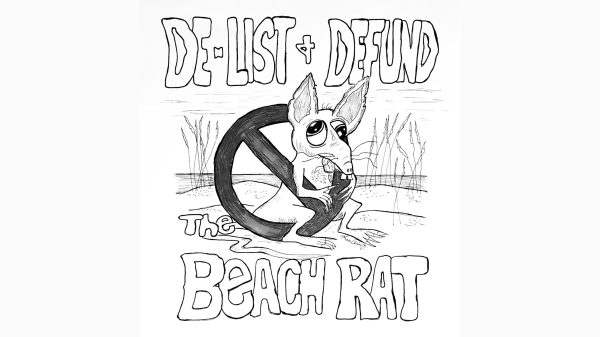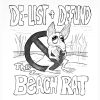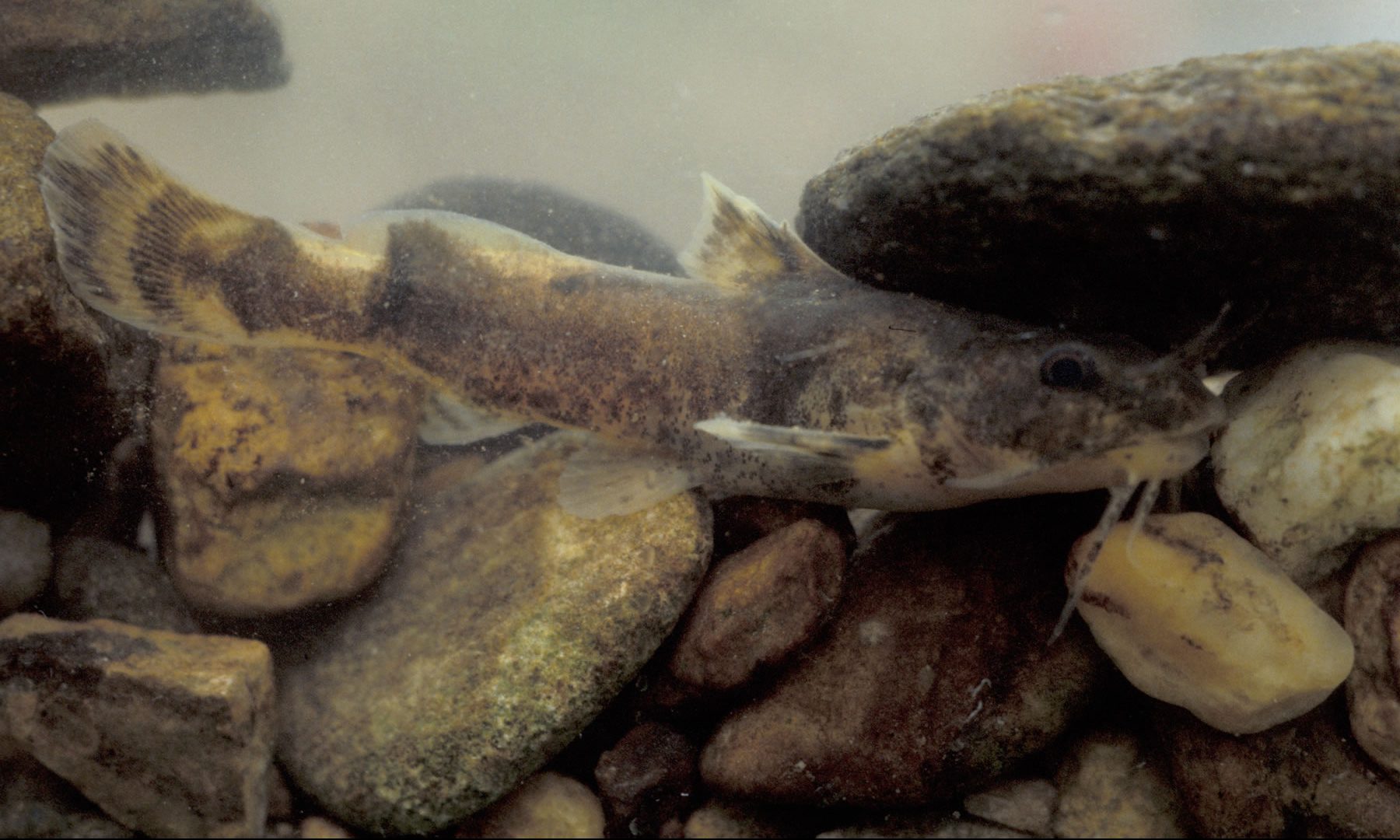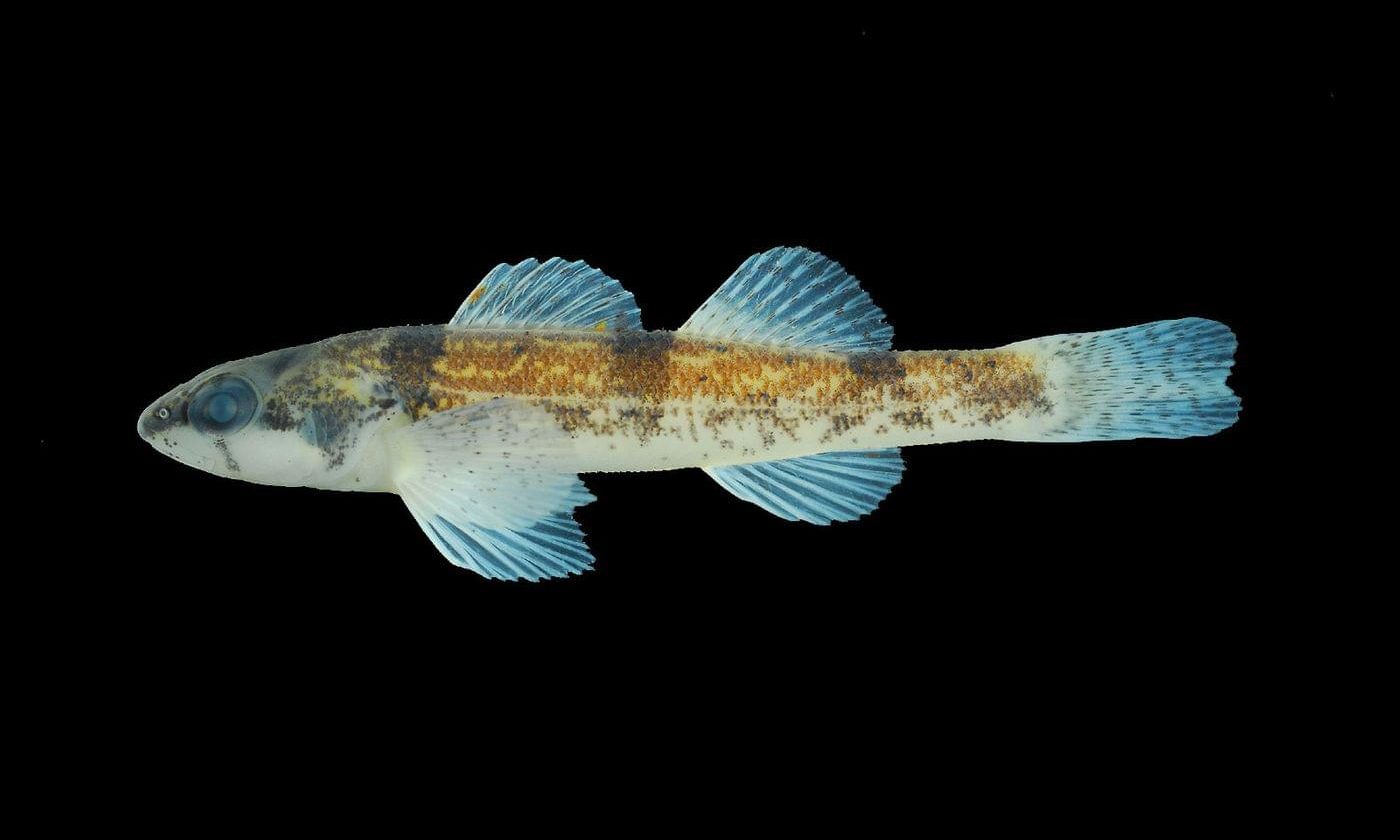By Brandon Moseley
Alabama Political Reporter
In a press release, the U.S. Fish and Wildlife Service announced that the federal agency had listed two freshwater mussels – the rayed bean and the snuffbox – as endangered under the federal Endangered Species Act. The two mussels are found in river systems in the eastern United States. The snuffbox mussel is native to Alabama as well as Arkansas, Illinois, Michigan, Indiana, Kentucky, Minnesota, Ohio, Tennessee, Missouri, West Virginia, Pennsylvania, Wisconsin, and Ontario, Canada. The rayed bean mussel is not known to be native to Alabama.
According to the U.S. Fish and Wildlife Service, the snuffbox mussel no longer can be found in 62% of the creeks and streams it used to live in historically.
The final rule adding the snuffbox mussel to the endangered species list was published in the Federal Register on February 14, 2012.
According to the U.S. F.W.S. press release: “Threats to both the rayed bean and the snuffbox include loss and degradation of stream and river habitat due to impoundments, channelization, chemical contaminants, mining and sedimentation. Freshwater mussels require clean water; their decline often signals a decline in the water quality of the streams and rivers they inhabit.”
Under the Endangered Species Act (ESA) the “endangered” tag means “a species is in danger of becoming extinct throughout all or a significant portion of its range.” Killing, harming, taking, or possessing an endangered species is illegal under the ESA. It is also illegal to possess, export, import, move, or sell an endangered species without authorization from the U.S. Fish and Wildlife Service. No federal agencies may “authorize, fund, or undertake” any action which might jeopardize an endangered species in any way.
Now the U.S. Fish and Wildlife Service will develop a recovery plan for the snuffbox mussel and supervise efforts to conserve the snuffbox mussel habitats.
The scientific name for the snuffbox mussel is Epioblasma triquetra. They prefer living in small to medium sized freshwater creeks with swift current but can also be found in larger bodies of water. The snuffbox mussels eat microscopic organisms, algae, and decaying matter. Snuffbox mussels are hurt by dams; sedimentation from farming, construction, dredging, logging, and mining; runoff from farms, factories, feedlots, chemical spills, and sewer treatment plants; and competition from the invading zebra mussel. The snuffbox mussel is found in both north and south Alabama.
Critics of the Endangered Species Act is that it is too broad, lacks sufficient Congressional oversight, and gives the federal government far too much authority over state and local governments and over the activities of private landowners. They also argue that the ESA fails to consider the economic cost of placing the needs of some minor little species over the needs of people. The list of species covered under the endangered species act has grown over the years to over 1400.
For more about the snuffbox mussel:.
http://www.fws.gov/midwest/endangered/clams/snuffbox/index.html



















































